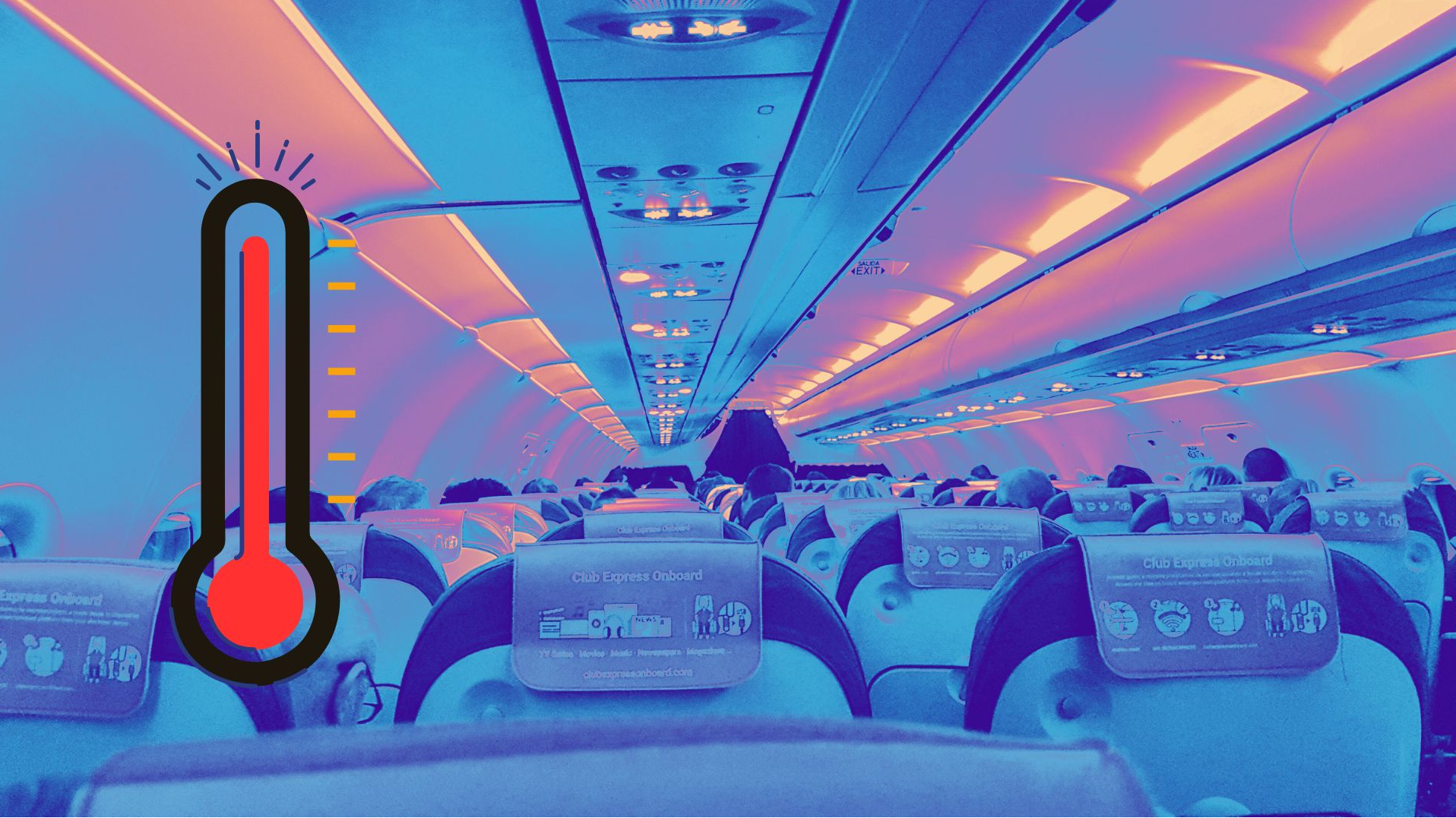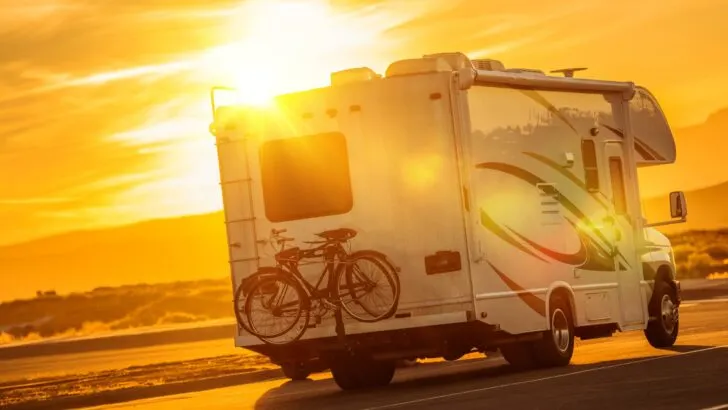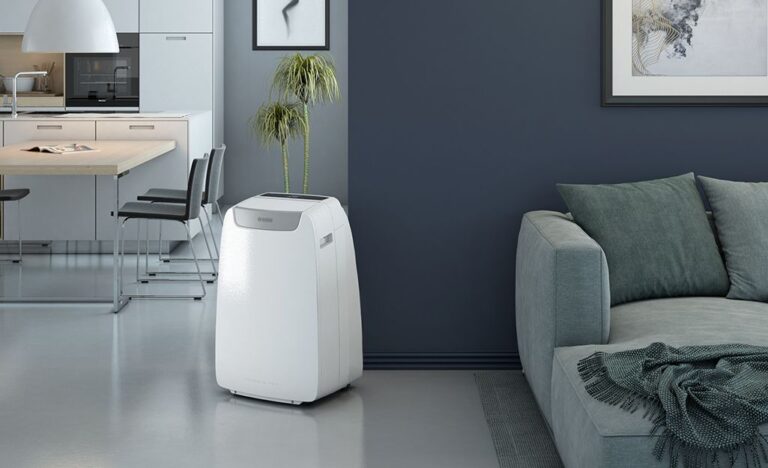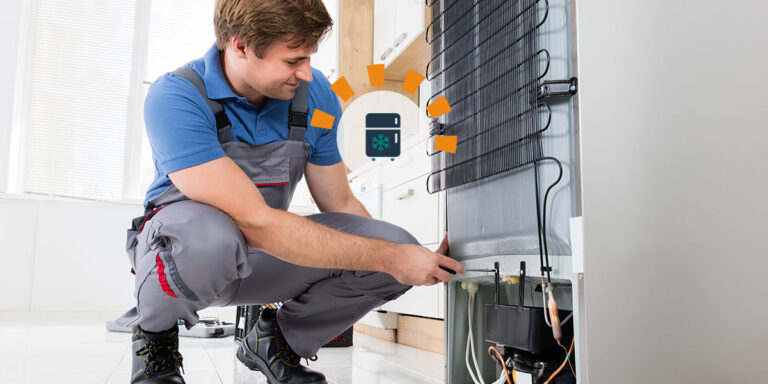Can I Take An Air Conditioner On A Plane? Essential Guidelines
You can take an air conditioner on a plane, but specific guidelines must be followed. Check with your airline for detailed regulations.
Traveling with an air conditioner can be tricky due to airline restrictions. Most airlines have strict rules on the transportation of large or heavy appliances. You must ensure the air conditioner meets the airline’s size and weight limits. Portable models are usually more acceptable.
Always pack it securely to avoid damage. Contact your airline well in advance to confirm their policy. Knowing these guidelines will help ensure a smooth travel experience with your air conditioner. This preparation can save you time and avoid potential hassles at the airport.
Air Travel Regulations
Traveling with an air conditioner can be tricky. Air travel regulations are strict to ensure safety. Let’s break down these rules.
Airline Policies
Each airline has its own policies. Some airlines allow small air conditioners in checked luggage. Others do not. Always check with your airline first.
Here is a quick comparison:
| Airline | Allowed in Checked Luggage | Allowed in Carry-On |
|---|---|---|
| Airline A | Yes | No |
| Airline B | No | No |
| Airline C | Yes | Yes |
Security Protocols
Security protocols at airports are very strict. Air conditioners have metal parts and electronics. These items must be screened carefully.
Follow these steps to ensure smooth screening:
- Remove batteries.
- Pack the air conditioner securely.
- Inform security personnel about the item.
Always arrive early to handle any extra checks.
Types Of Air Conditioners
When planning to take an air conditioner on a plane, it’s crucial to know the types available. Each type has different rules and considerations. Here, we break down the main types: portable units and window units.
Portable Units
Portable air conditioners are compact and easy to move. They are ideal for small spaces. These units usually come with wheels, making them easy to transport.
- Weight: Typically between 30-80 pounds.
- Size: Compact enough to fit in luggage.
- Power Source: Standard electrical outlet.
Airlines may allow these units as checked baggage. Always check your airline’s specific guidelines. Ensure the unit is well-packed to avoid damage.
Window Units
Window air conditioners are bulkier and heavier. They are designed to be installed in a window. These units are not as travel-friendly as portable ones.
- Weight: Usually between 40-120 pounds.
- Size: Larger and more cumbersome.
- Power Source: Standard electrical outlet.
Due to their size, window units are less likely to be allowed on planes. They may require special handling. Check with your airline for specific rules.
| Feature | Portable Units | Window Units |
|---|---|---|
| Weight | 30-80 pounds | 40-120 pounds |
| Size | Compact | Bulky |
| Power Source | Electrical outlet | Electrical outlet |
| Travel-Friendly | Yes | No |
Consider these factors when deciding which air conditioner to take on a plane. Knowing the type can save you time and effort during your travels.
Size And Weight Restrictions
Traveling with an air conditioner might seem challenging. Knowing the size and weight restrictions makes this task easier. Airlines have specific rules for carry-ons and checked baggage.
Carry-on Limits
Most airlines have strict rules for carry-on items. The standard size for carry-on luggage is 22 x 14 x 9 inches. Your air conditioner must fit within these dimensions. Weight restrictions also apply. Typically, carry-on items should not weigh more than 15-20 pounds. Check your airline’s website for exact limits.
Some airlines allow smaller personal items in addition to your carry-on. These could include a handbag, laptop, or camera bag. Ensure your air conditioner does not exceed the overall allowance.
Checked Baggage
If your air conditioner is too large for carry-on, consider checked baggage. Airlines have more lenient size and weight limits for checked bags. The typical size limit for checked baggage is 62 linear inches (length + width + height).
Weight restrictions for checked bags are also higher. Most airlines allow checked baggage to weigh up to 50 pounds. Some airlines may permit heavier bags for an extra fee. Here is a quick table summarizing the limits:
| Category | Size Limit | Weight Limit |
|---|---|---|
| Carry-On | 22 x 14 x 9 inches | 15-20 pounds |
| Checked Baggage | 62 linear inches | 50 pounds |
Before packing, measure your air conditioner. Ensure it fits within the allowed dimensions. If it exceeds the limits, consider other shipping options.

Credit: www.youtube.com
Packaging And Protection
Taking an air conditioner on a plane needs careful packaging and protection. Airlines have strict rules about handling such items. Proper packaging ensures your air conditioner arrives safely and intact.
Proper Packing Materials
Using the right packing materials is key to protecting your air conditioner. Start with a sturdy box that fits your unit well. Ensure the box is double-walled for extra strength.
- Bubble wrap to cushion all sides
- Foam inserts for added protection
- Strong packing tape to seal the box
Place the air conditioner in the box, surrounded by bubble wrap and foam inserts. Seal the box securely with packing tape.
Handling Fragile Items
Label your package as fragile to ensure careful handling. Use large, visible stickers that read “Fragile” on all sides of the box.
| Step | Action |
|---|---|
| 1 | Wrap the air conditioner with bubble wrap |
| 2 | Place foam inserts in the box |
| 3 | Secure the air conditioner in the box |
| 4 | Seal the box with strong packing tape |
| 5 | Label the box as fragile |
Inform the airline staff about the fragile nature of your item. Request that it be handled with care during loading and unloading.
Battery And Power Concerns
Traveling with an air conditioner can be tricky. The primary concern is the battery and power. Airlines have specific rules about batteries. Understanding these rules is crucial.
Lithium Battery Rules
Many air conditioners use lithium batteries. Airlines have strict guidelines for these.
- Lithium-ion batteries must not exceed 100 watt-hours.
- You can carry up to two spare batteries.
- Batteries must be in carry-on luggage.
Check your air conditioner’s battery rating. If it exceeds 100 watt-hours, you might face issues. Always inform the airline in advance.
Power Source Options
Powering an air conditioner on a plane is challenging. You have a few options.
| Power Source | Availability |
|---|---|
| USB Ports | Common, but might not support high power devices. |
| AC Outlets | Available on some flights. Check with the airline. |
| Portable Power Banks | Must follow airline battery rules. |
Always verify the power requirements of your air conditioner. Ensure your power source is compatible. This ensures your device works during the flight.
Customs And Declarations
Taking an air conditioner on a plane involves various steps. One crucial step is dealing with customs and declarations. This ensures you follow all rules and avoid delays.
International Travel
International travel adds complexity. Different countries have varied customs rules. These rules can impact whether you can bring your air conditioner.
Before you fly, research the destination’s customs rules. Some countries may not allow air conditioners. Others may have strict rules about size or type. Knowing these rules helps prevent issues at customs.
Required Documentation
Proper documentation is key. You need to declare your air conditioner. This involves filling out forms and providing details.
Here are some documents you may need:
- Purchase receipt: Proof of purchase shows ownership.
- Technical specifications: Details about the air conditioner’s size, type, and power.
- Customs declaration form: Declare the air conditioner to customs officials.
Make copies of these documents. Keep them with you during travel. This ensures smooth processing at customs.
| Document | Purpose |
|---|---|
| Purchase Receipt | Proof of ownership |
| Technical Specifications | Details about the air conditioner |
| Customs Declaration Form | Declare to customs officials |
Alternatives To Air Conditioners
Finding alternatives to air conditioners can make traveling easier. You don’t need to carry a bulky air conditioner. There are many options available to stay cool on a trip.
Cooling Gadgets
Several cooling gadgets can help you beat the heat:
- Portable Fans: Small, lightweight fans that fit in your bag.
- Cooling Towels: Towels that stay cool when wet.
- Neck Fans: Wearable fans that keep your neck cool.
- Cooling Gel Packs: Packs that you freeze and use later.
These gadgets are easy to carry and do not take much space. They are perfect for keeping you cool on planes or in hotels.
Hotel Amenities
Many hotels offer amenities to help guests stay cool:
| Amenity | Description |
|---|---|
| Air Conditioning | Most hotels have air-conditioned rooms. |
| Fans | Some hotels provide fans in rooms. |
| Swimming Pools | Cooling off in a pool can be refreshing. |
| Ice Machines | Use ice for cooling drinks or making cold packs. |
Check the hotel’s website or call to confirm these amenities. Staying cool is possible without bringing an air conditioner.

Credit: medium.com
Tips For Smooth Travel
Traveling with an air conditioner may seem daunting. But with the right tips, you can ensure a smooth journey. Here are some essential guidelines to help you navigate through the process seamlessly.
Advance Planning
Advance planning is crucial. Start by checking the airline’s baggage policy. Each airline has different rules for carrying electronic devices. Ensure your air conditioner meets size and weight restrictions. Pack the air conditioner securely. Use bubble wrap or padding to prevent damage. Label your luggage clearly. This will help if your bag is misplaced.
Contacting The Airline
Contacting the airline directly can save time and hassle. Call their customer service for specific guidelines. Ask about any additional fees for carrying an air conditioner. Provide details about the make and model of your device. This information helps the airline give accurate advice.
Here are some points to discuss with the airline:
- Size and weight limits
- Safety regulations
- Packaging requirements
- Additional charges
Here’s a quick reference table to simplify your planning:
| Airline | Size Limit | Weight Limit | Extra Fee |
|---|---|---|---|
| Airline A | 22x14x9 inches | 50 lbs | $50 |
| Airline B | 24x16x10 inches | 60 lbs | $40 |
These steps will help make your air conditioner travel experience smooth and stress-free.
Frequently Asked Questions
Can I Fly With An AC unit?
Yes, you can fly with an AC unit. Check with your airline for size and weight restrictions. Ensure it’s properly packed.
Can I Bring Conditioner On A Plane?
Yes, you can bring conditioner on a plane. Liquids in carry-on bags must be in containers of 3. 4 ounces or less. Place them in a quart-sized, clear plastic, resealable bag.
How Do You Pack An Air Conditioner For Transport?
To pack an air conditioner, first unplug and drain it. Secure the unit with foam or bubble wrap. Use sturdy boxes for packing. Seal the box with strong tape. Label it as “Fragile”.
Conclusion
Transporting an air conditioner on a plane requires careful planning. Check airline policies and pack it securely. Ensure the unit meets size and weight limits. Proper preparation avoids issues at the airport. Stay informed and enjoy a hassle-free journey with your air conditioner.
Happy travels!







